Construction We got a can from our neighbours - doing our good bit for the environment and our wallets. (No self-respecting Australian drinks Fosters, just so you know.) It took a while to cut the top out. It was fiddly to do with our little pocket knives and I got a bit annoyed and impatient at myself at this stage! Other people have suggested taking the top out with a traditional can opener, so I might try that next time. Note: If you want to do this with kids, please supervise them closely. I personally wouldn't recommend it for children under secondary school age. Cutting the can down to size was easier. I was a bit too conservative, though: next time I'd make the stove shorter. As it is, it only just fits into its plastic container (which used to hold paper cases for muffins - hardcore). Fuel Before making the stove, I spent a while trawling the internet learning all about fuel, then trawling the high street to find it. From what I read, bio-ethanol seems to be a good choice, but we could only find methylated spirits (in the hardware store) and 90% surgical spirit (at the pharmacy). We bought both, to compare them. We poured a centimetre or so of surgical spirit into the can and set a match to it. It didn’t seem to light straight away, but after a second the flames shot up - not bright, but definitely there! We put a pot with 500mL of water on top, popped the lid on and timed it to boiling. The fumes were apparent almost straight away. I was glad we’d opened the door and window and set up a fan to blow the fumes out of the room. It took about 8 minutes to come to a decent boil. I smothered the flame (with the plastic muffin paper case) and poured the remaining fuel back into the bottle, noticing that it had turned blue. Next, we tried the methylated spirits. This also took a while to light, and it whooshed even higher when it finally did. We put another pot of water on top (I cooled the pot down first; can't give one fuel an unfair advantage). I’m not sure if it was the build-up of fumes over two boils, but I thought the metho smelled stronger. This time, the water only took about 7 minutes to come to a really rapid boil, but the process seemed to use slightly more methylated spirits than surgical spirit. Results Our current gas-fuelled camp stove, which was never intended for backpacking and hiking, weighs 2.1kg (including case), while the drinks can stove weighs 30g (including storage). That's less than 2% of the weight! The drinks can stove is also absolutely tiny in comparison to the camp stove, so it's much easier to pack when walking. Comparing fuels, a full can of butane for our camp stove weighs about 250g, as does 250mL of methylated or surgical spirits. However, the liquid can be decanted into smaller bottles. Methylated spirits is cheaper (just!) per millilitre than surgical spirit and seems to bring water to the boil more swiftly. Surgical spirit seems to smell less and use less fuel. By the way, we didn’t let all that water go to waste. We had a nice cuppa and biscuit for afternoon tea. |
|
Almost everything I know about making a stove from a drinks can, I learnt from Tom Allen's video. It’s a must-see if you’re into lightweight camping gear or DIY fun! This microadventure-related challenge cost approximately £7 (fuel, tea and biscuits for two). Bargain! How is your microadventure challenge going? You've got a couple of days left in January to go on a bivvying adventure and/or spend time on top of a hill. Go on, get out there!
8 Comments
One of our favourite walks to do with visitors is this loop around the Brightling follies. History, views and odd local characters all included!
How is your microadventuring going? This month’s challenge is to spend time on top of a hill (there's still two weeks to do it, if you want to join in!) and here is our contribution! This challenge gave us the opportunity to climb Mount Caburn (a hill of 146m - not a mountain!) near Lewes. It is quite a distinctive hill, recognisable to anyone familiar with the stretch of the A27 between Brighton and Eastbourne. From the south it looks almost conical, although it is joined to the rest of the Lewes Downs by a ridge to the north. If you look closely at Mount Caburn from the valley or from a vantage point on the South Downs, you can see a ring around the summit - the remains of an Iron Age fort. We’d been meaning to go and have a look at the fort for ages. This time, we were meeting friends in Brighton for dinner, so we thought we’d have a quick picnic lunch at the top of the hill. Where there is a picnic, there should also be cider. Luckily for us, Middle Farm, which houses the national collection of cider and perry, is close by. Instead of the usual article-and-photos combo, we decided to try making a film. I hope you enjoy it! We filmed this entirely on an iPhone, without any tripods or other dooverlackies, and edited it on iMovie. The music is Creative Commons licensed and sourced through Vimeo. It was fun to brush up on my undergrad creative media skills. There are a few things I wish we’d filmed differently (or filmed at all!) and a couple of questionable editing choices, but overall it was an enjoyable and interesting project. What do you think? If you like it I might try to make another one for next month’s microadventure! This microadventure cost £19.70 (for two of us), including food, cider, tea and petrol (although we were on the way to Brighton and would have used that petrol anyway). Please do join in with your own year of microadventure if you are up for it! I'll do a round up of your "spend time on a hill" posts/photos/videos/tweets at the end of the month. East Sussex County Council is running a survey to find out how people use open access land and the county’s 2,000 miles of public rights of way. But a spokesperson from the local Ramblers group says the paths are not being adequately maintained and are "under serious threat."
ESCC’s factsheet about the consultation says the council is "not proposing any changes at the moment" to countryside management. "As with all services provided by the county council, we are constantly reviewing how they are managed," said Cllr Carl Maynard, lead member for transport and environment. However, Mr Pringle argued that the council’s current maintenance of public rights of way is inadequate. "A meagre staff and even more meagre budget" designated by ESCC to rights of way has meant paths are becoming "increasingly difficult" to use, said Mr Pringle. "The upkeep of these footpaths is right at the bottom of the heap when it comes to county council priorities," he said. "2,000 miles of rights of way in our county are under serious threat." Public rights of way include public footpaths, bridleways and byways. These are subject to the same legal protection as all other highways, including trunk roads. As our local highway authority, ESCC has a duty to protect the rights of the public to the use and enjoyment of paths in the Hastings area. The council is legally responsible for maintaining the surface of paths, including bridges, and keeping them free of overgrowth. Public rights of way around Hastings can be found on the ESCC website and on Ordnance Survey’s Explorer Map 124. The survey can be accessed here and a paper copy is available from local libraries. The survey is available in large print, Braille and languages other than English by calling 03456 080 193 or emailing [email protected]. This article first appeared in Hastings Independent, Issue 21, 19 December 2014, p7. What better place to enjoy New Year’s Eve fireworks than the top of a hill? And what better way to make sure you’re on the hill at midnight than sleeping there?
This microadventure cost £14.90 (for two of us), including petrol, food and drinks. Like the idea of sleeping outside every month this year? Join in with Alastair Humphreys' year of microadventure! Love the idea of microadventuring, but not 100% sold on camping? Join our alternative year of microadventure! Is there anything cosier than sitting by a log fire, maybe after a brisk winter walk, sipping a mug of piping hot mulled wine? Possibly. Nevertheless, it is one of my favourite things about winter in the UK! You can get mulled wine pre-mixed in a bottle or you can get sachets/bags of spice to add to your own wine, but making it from scratch is easy. For a non-alcoholic tipple, use fruit juice like orange, apple or grape instead of wine. The following recipe produces an exceptionally fiery brew, so adjust according to your tastes. Ingredients
Make some magic
I discovered while researching different mulled wine recipes that there is a large contingent of people who don't like mulled wine at all. Are you one of them? Explain yourself! This recipe was first published as "Fiery mulled wine" in Hastings Independent, Issue 21, 19 December 2014, p9. |
In which IIn which I do things and write about them In which I tag
All
In which I archive
July 2022
|
||||||||||||||||
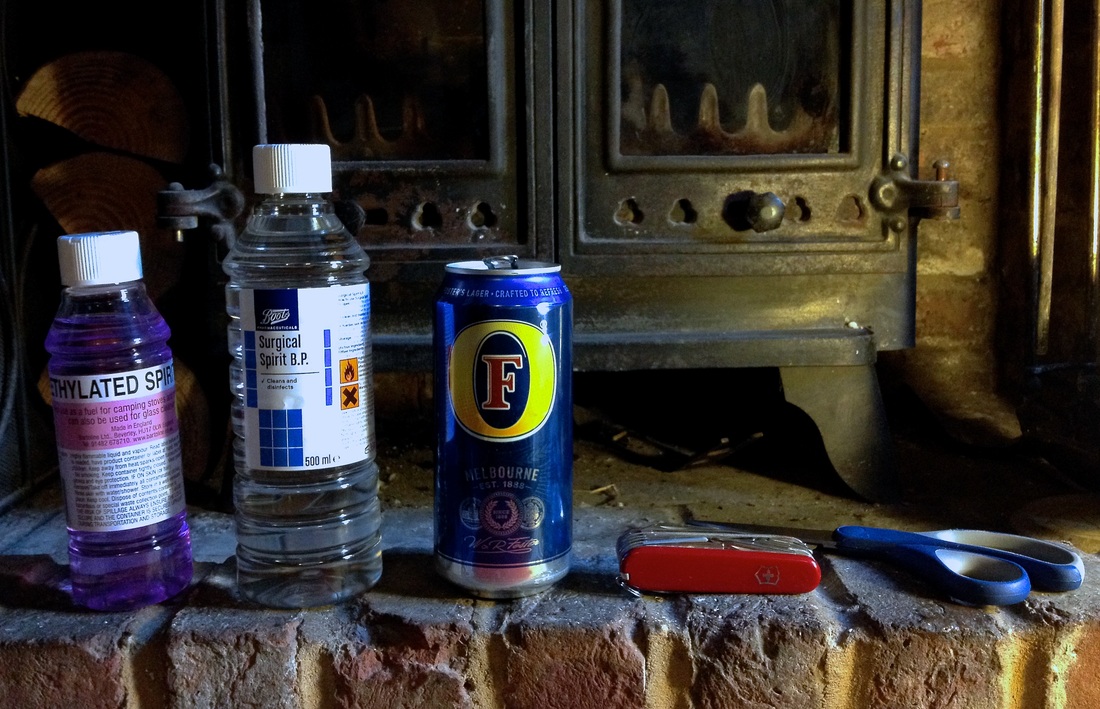
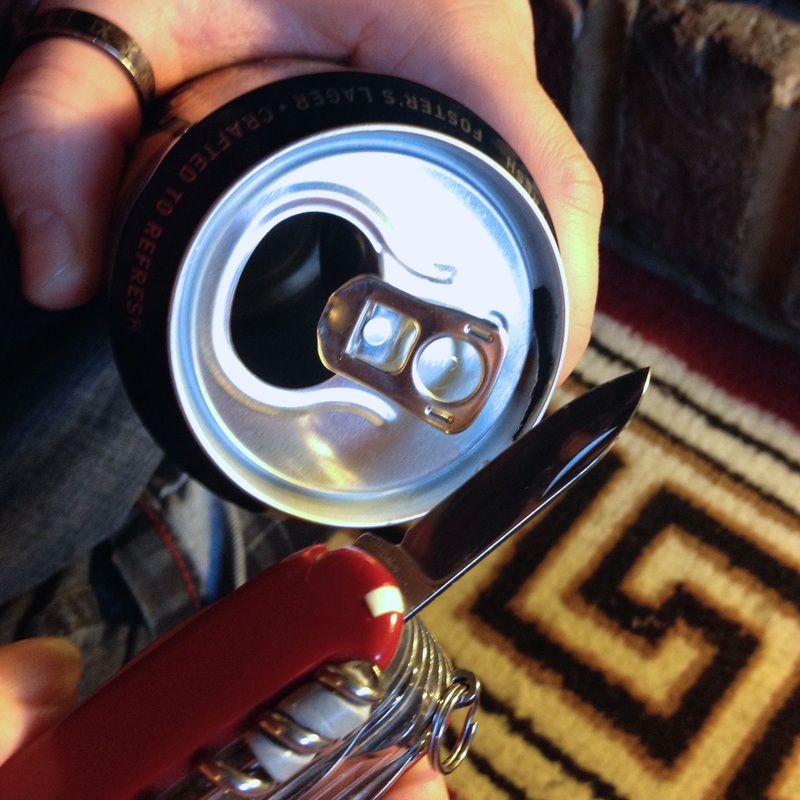
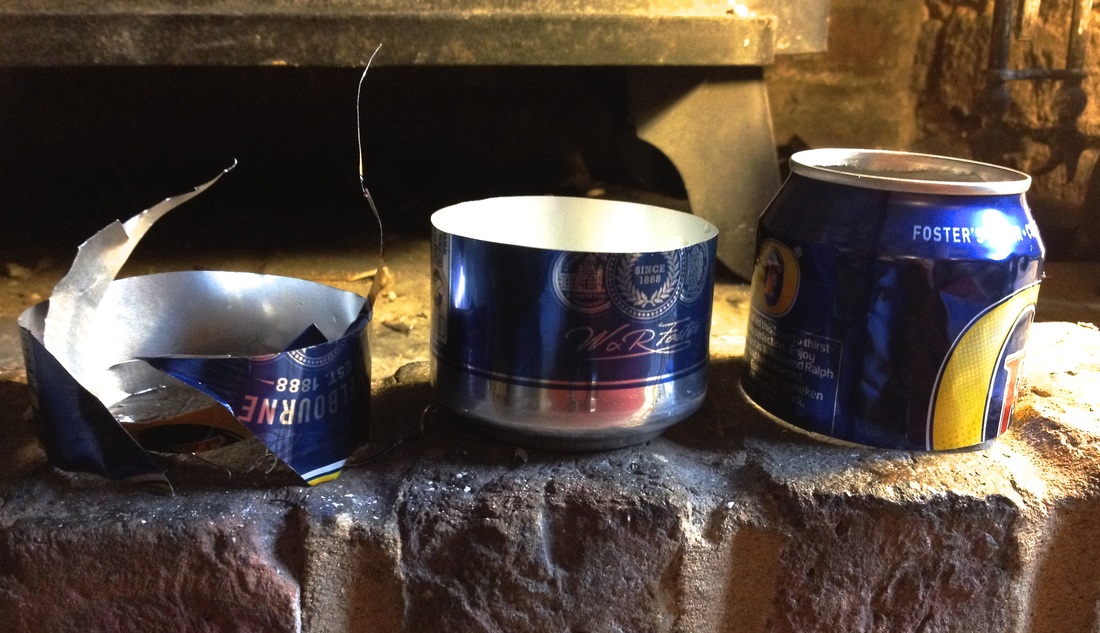
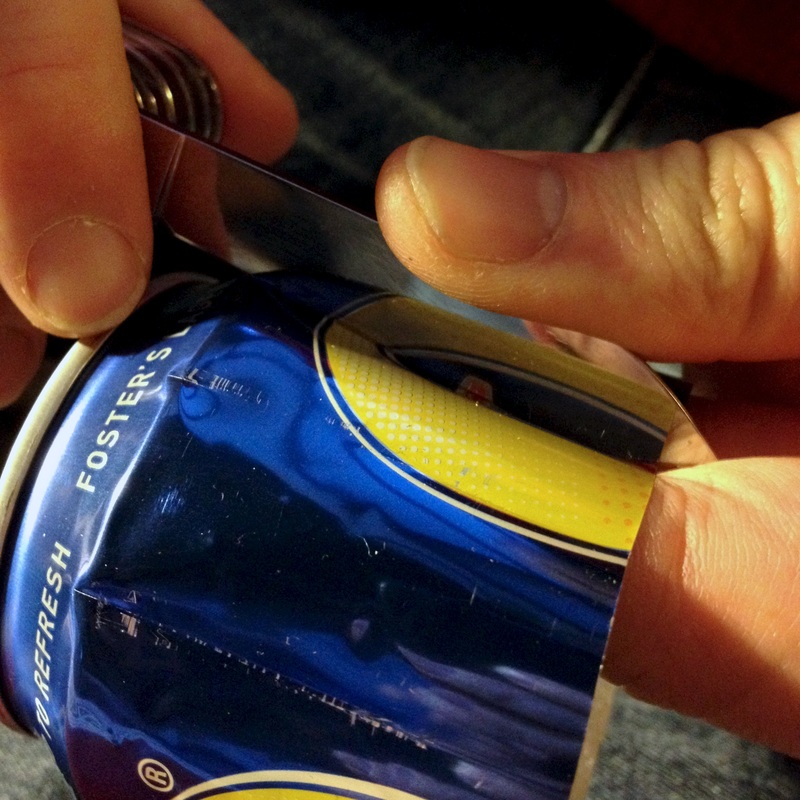
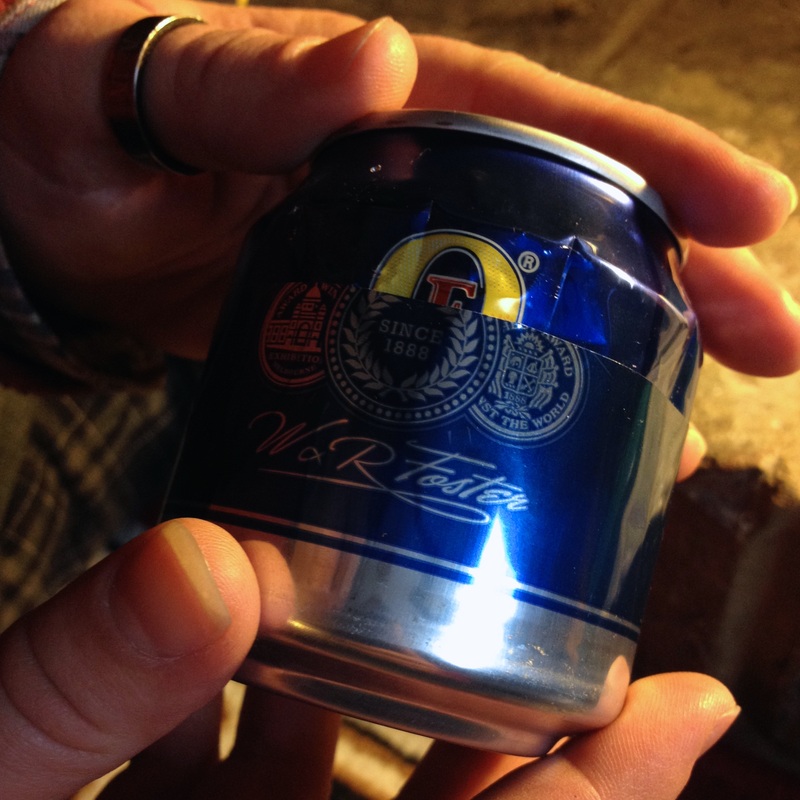
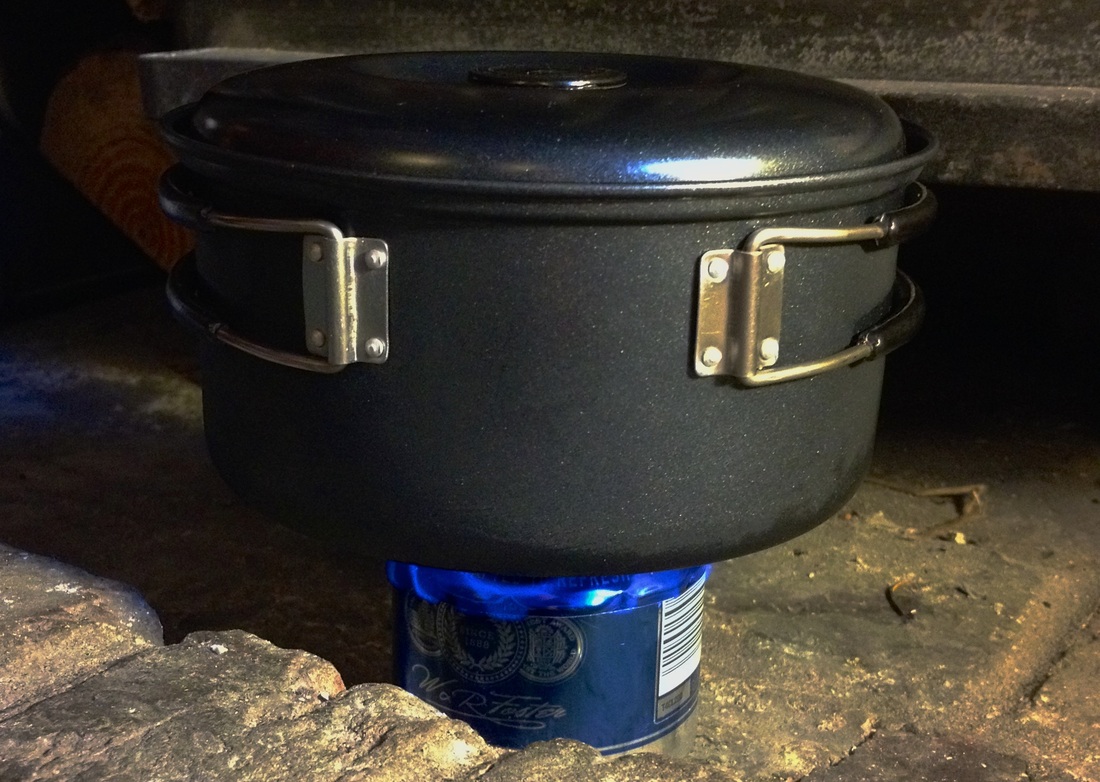
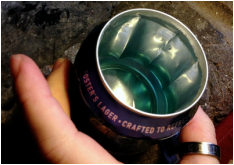
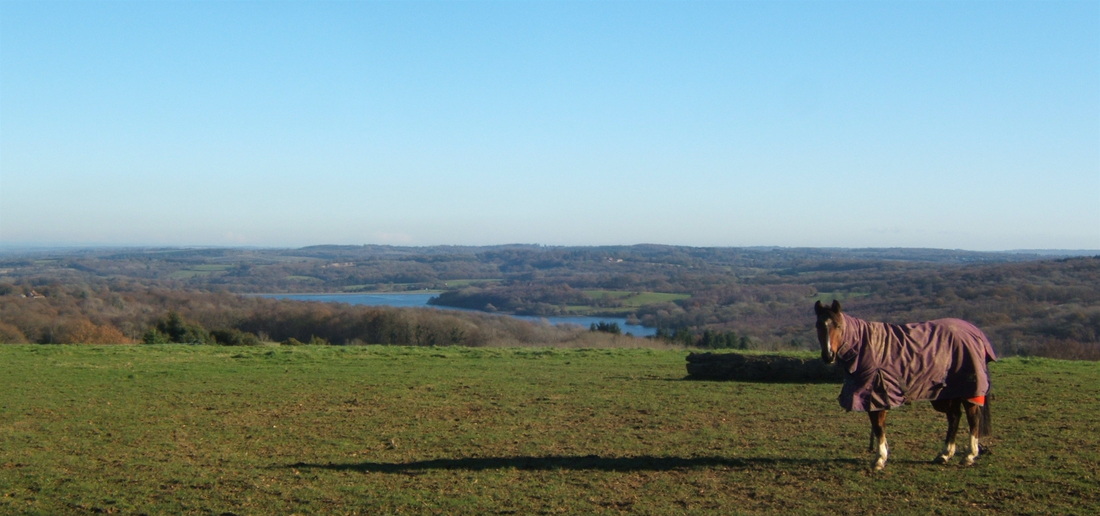
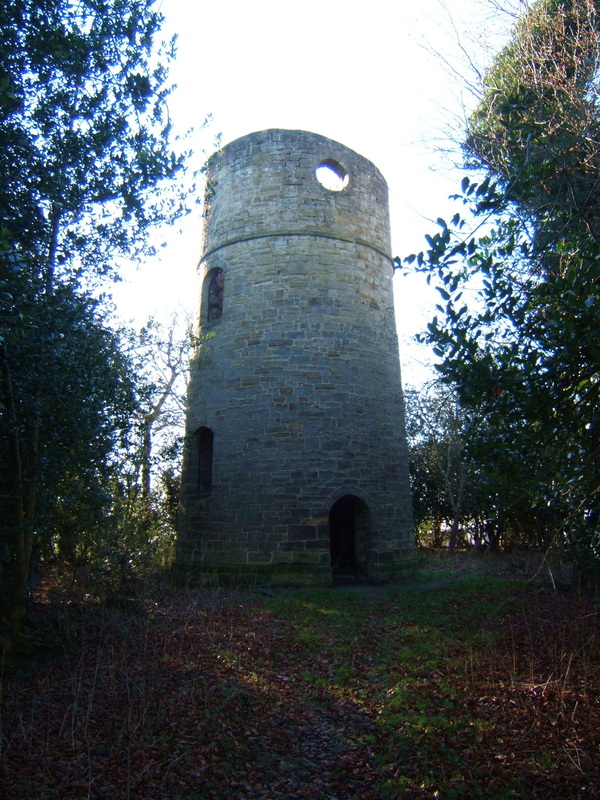
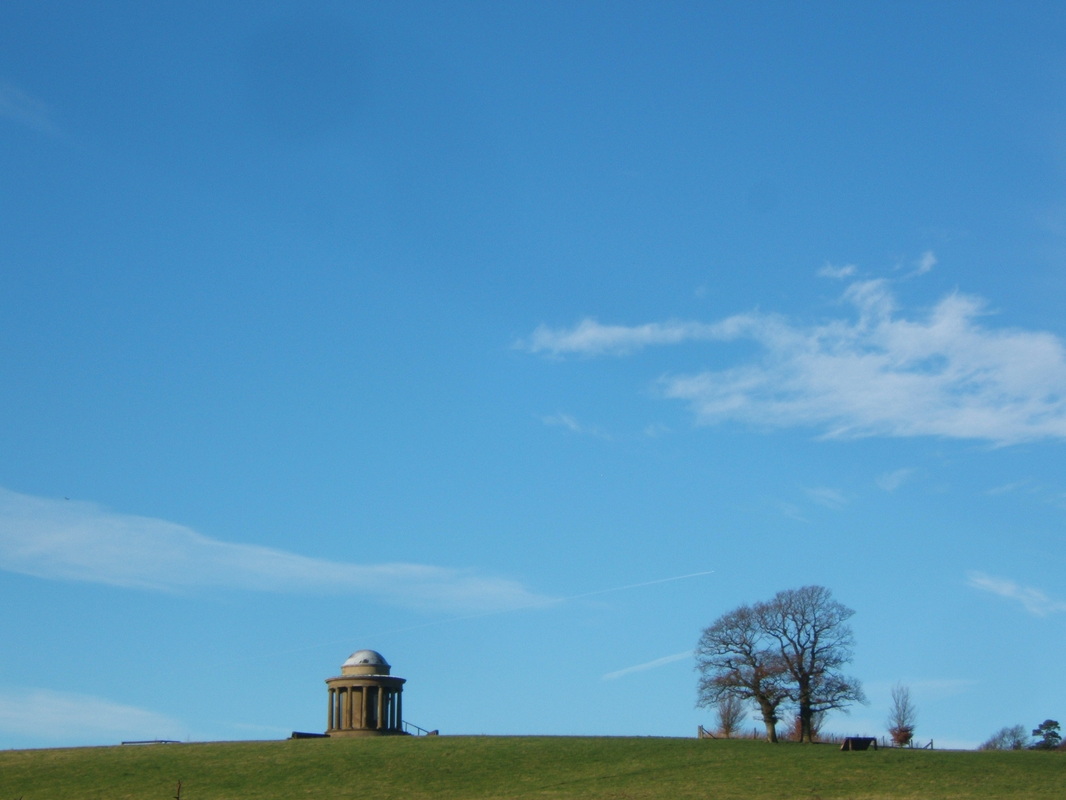

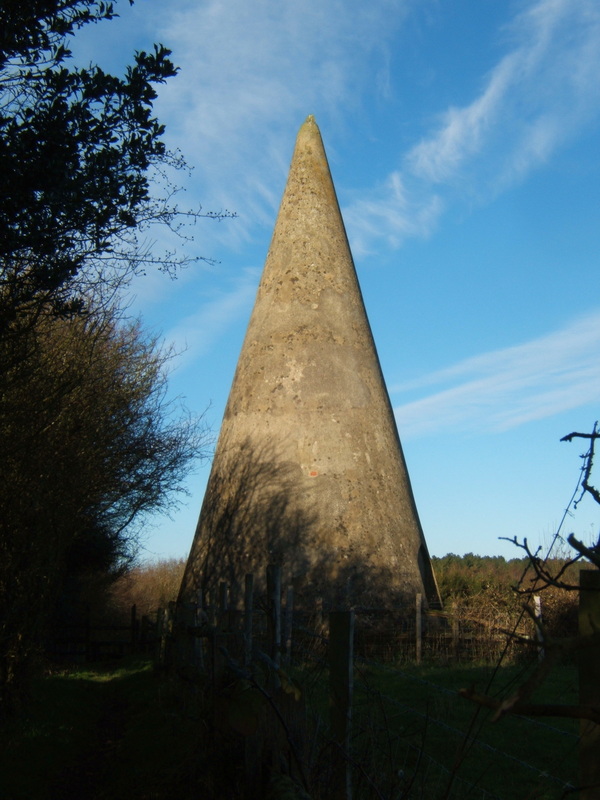
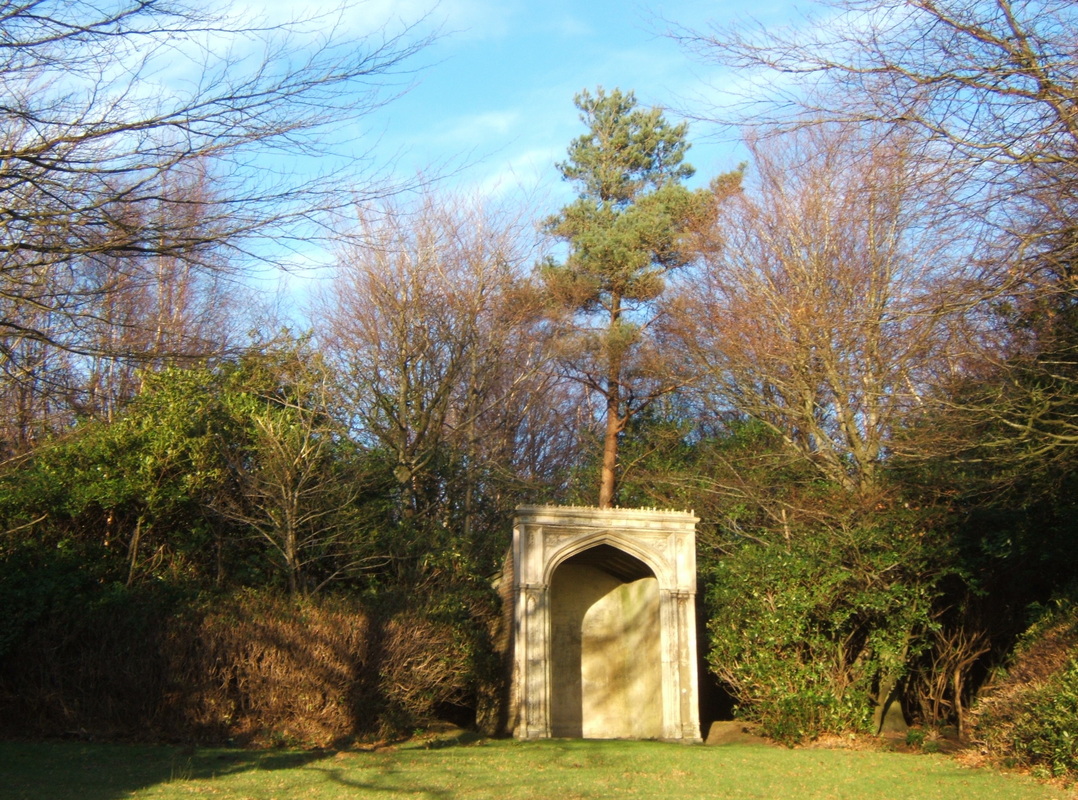
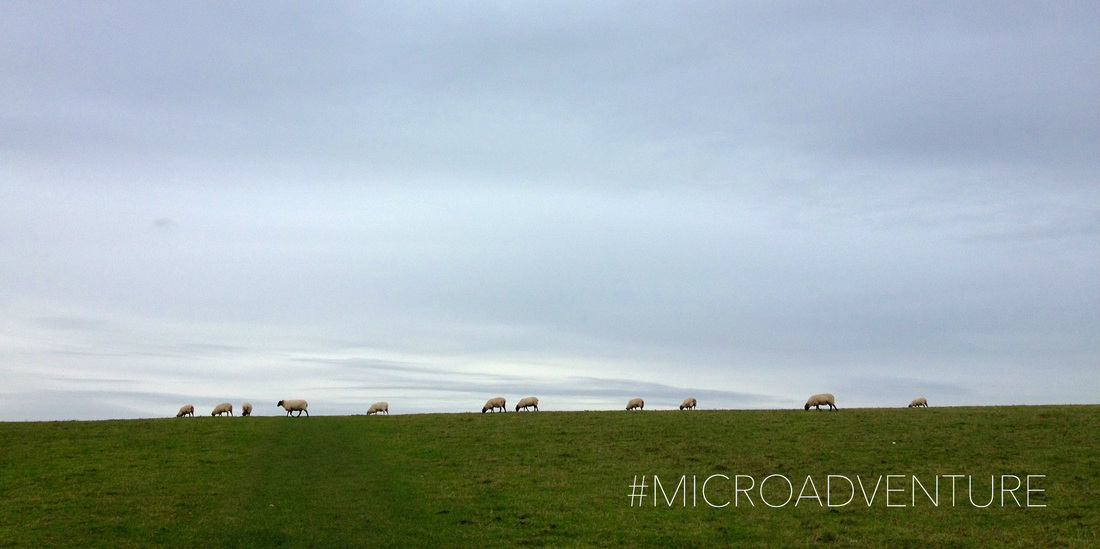
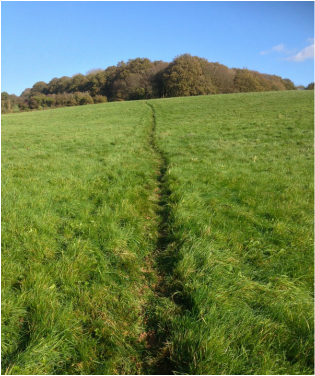
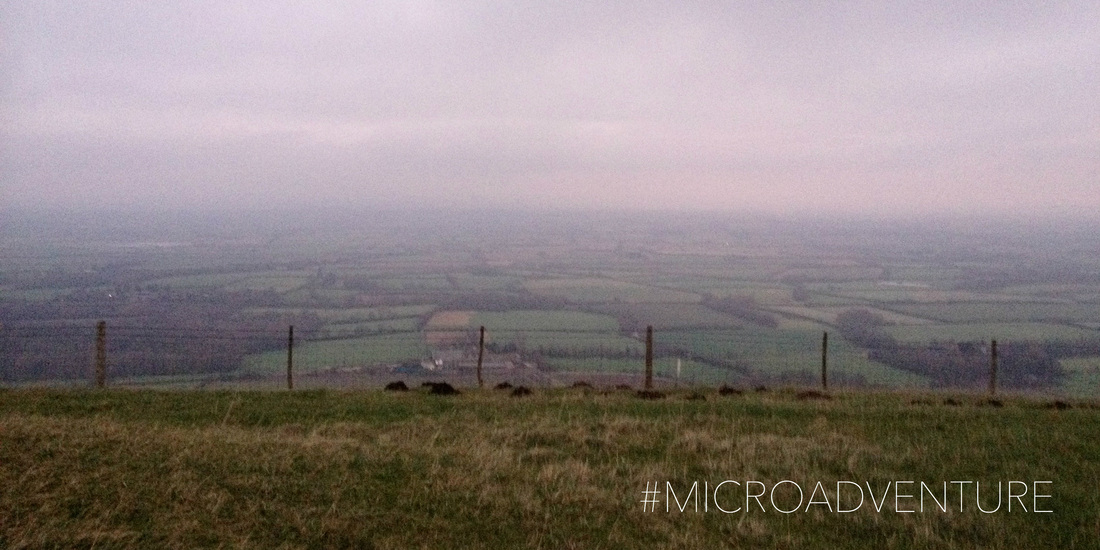
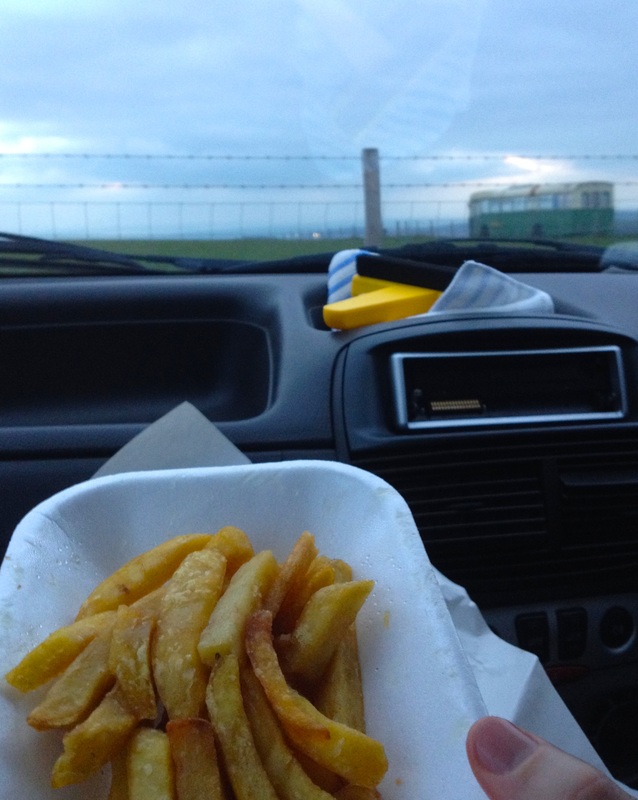
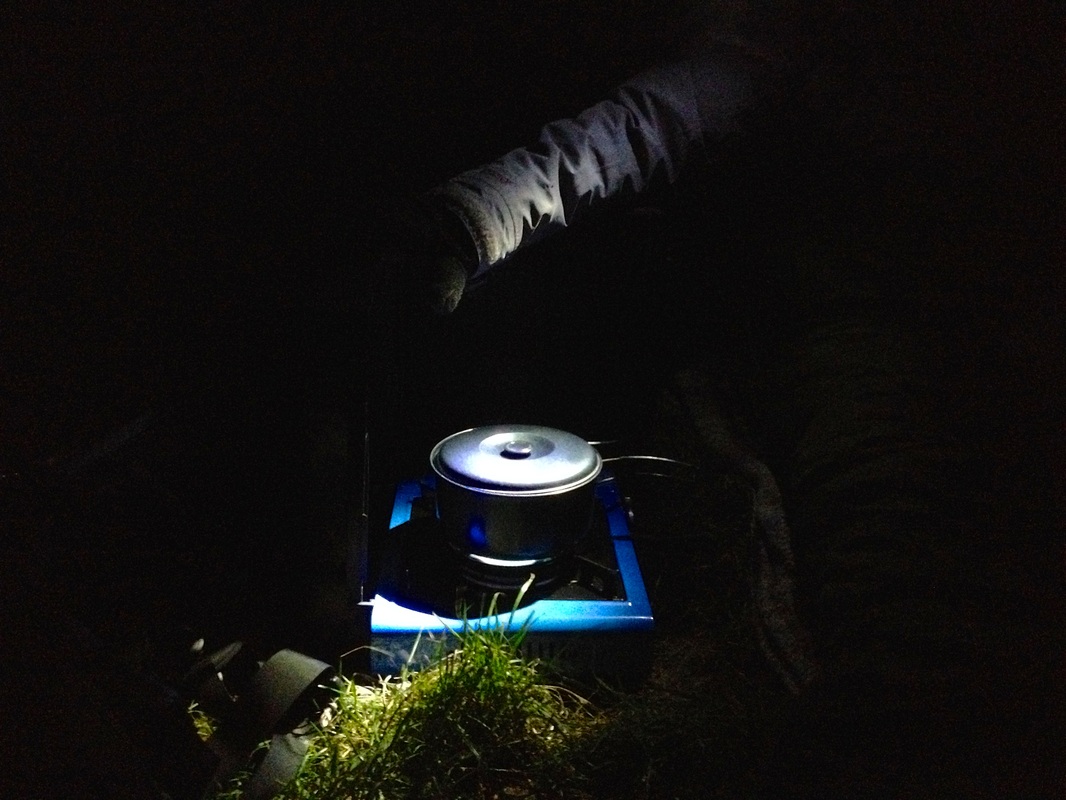
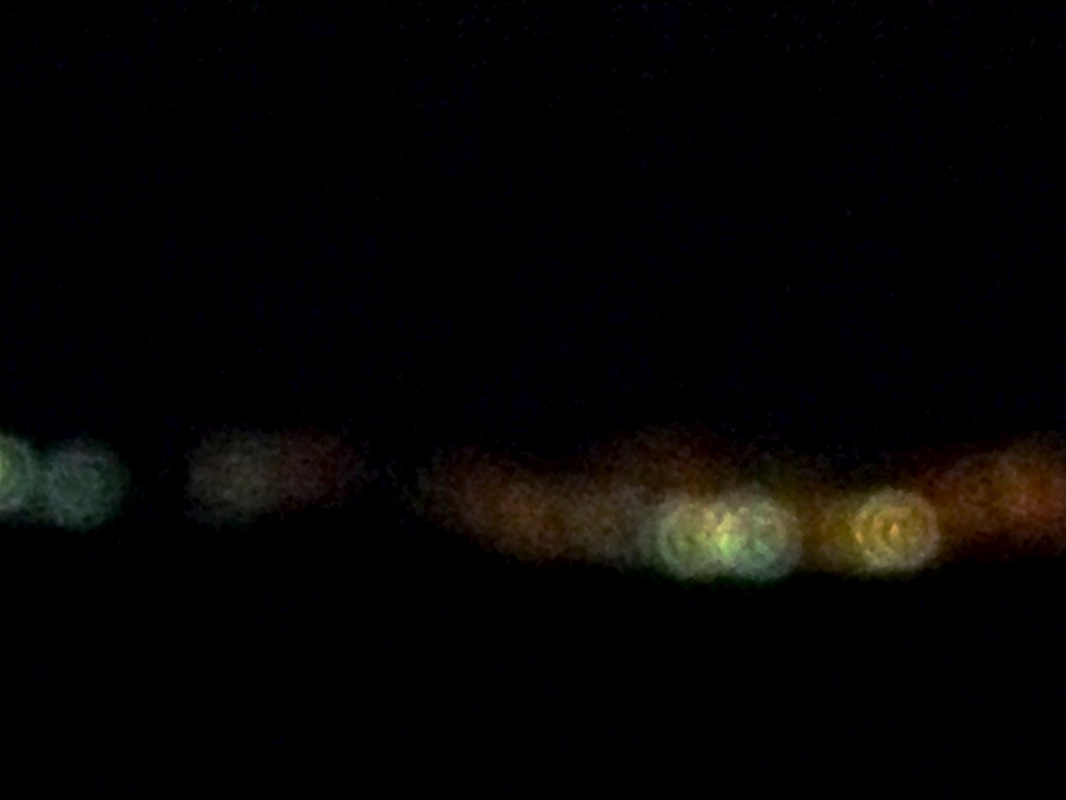
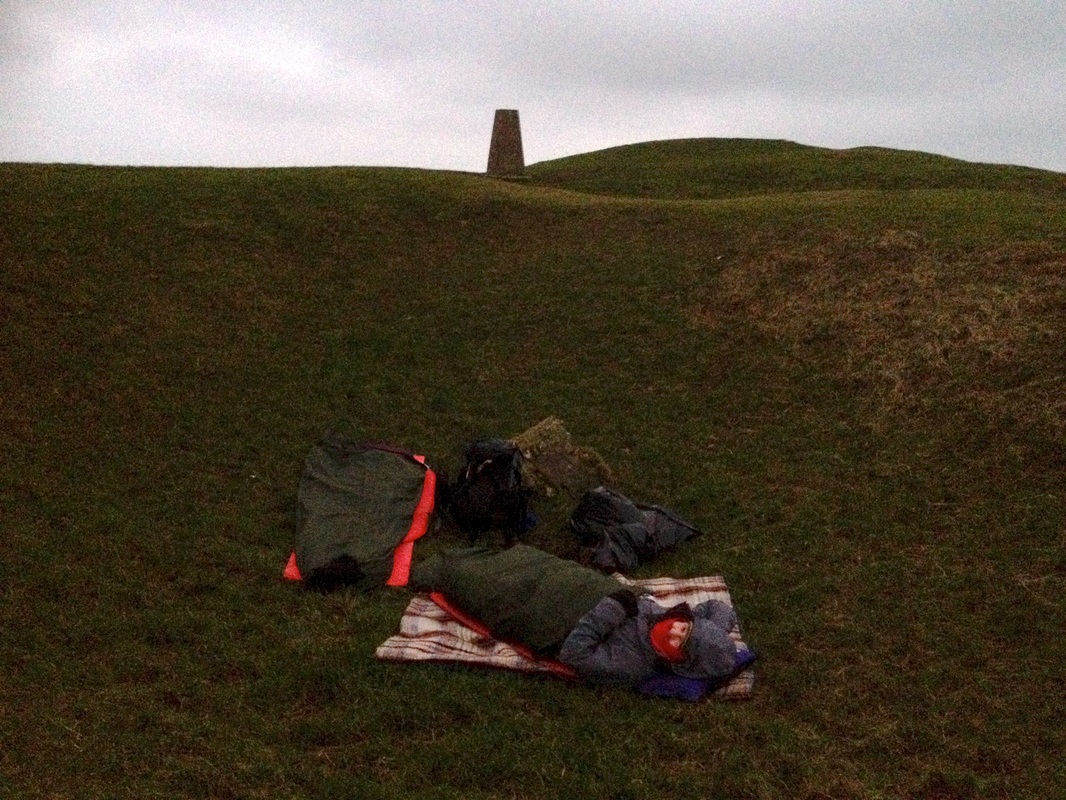


 RSS Feed
RSS Feed
